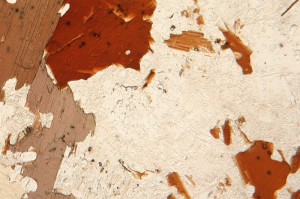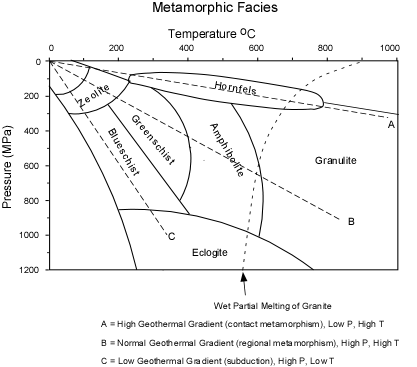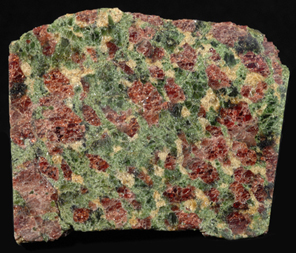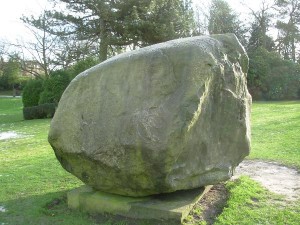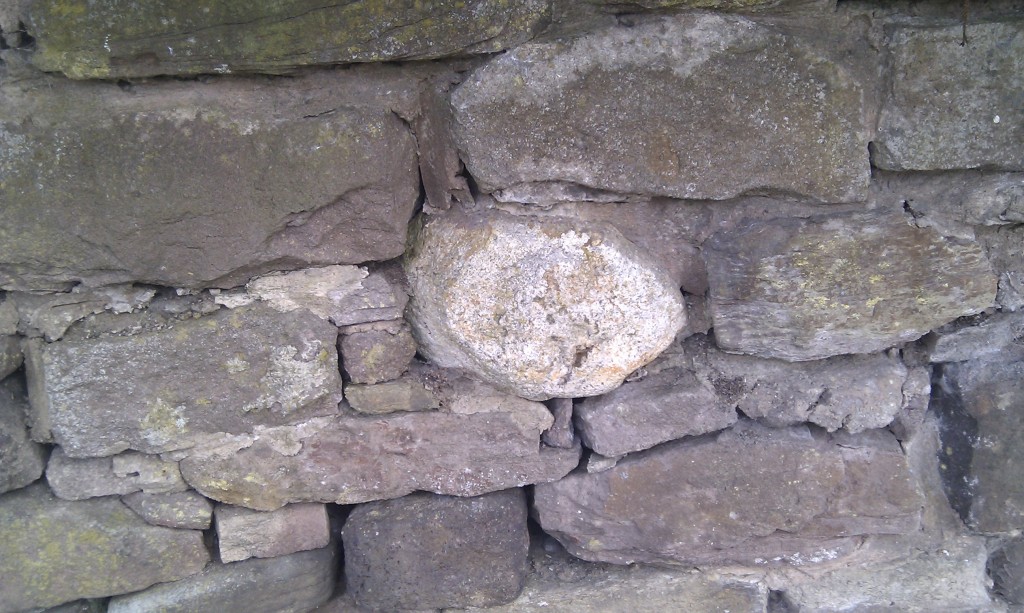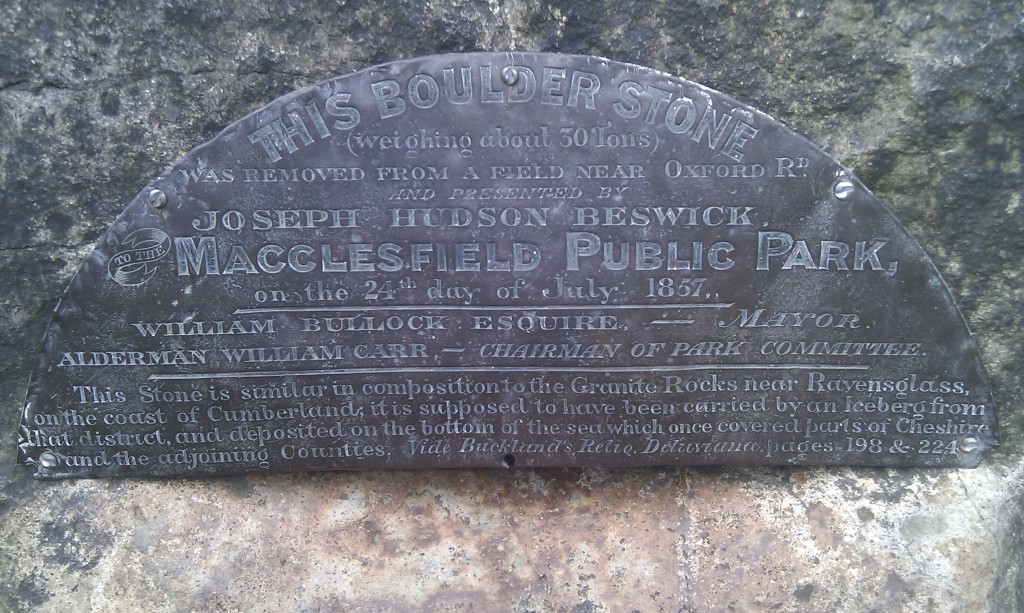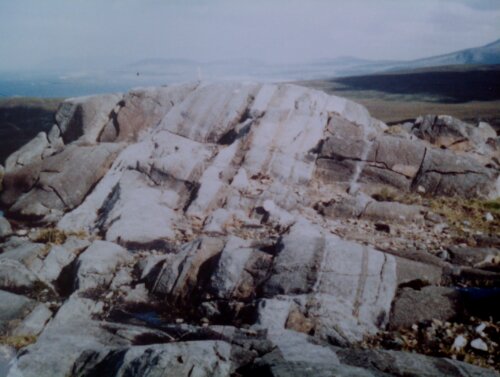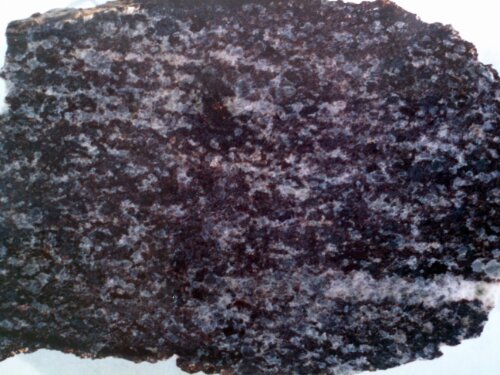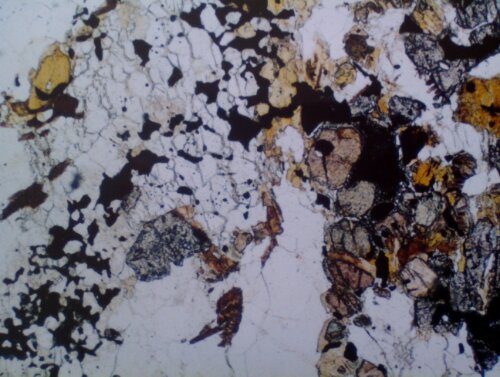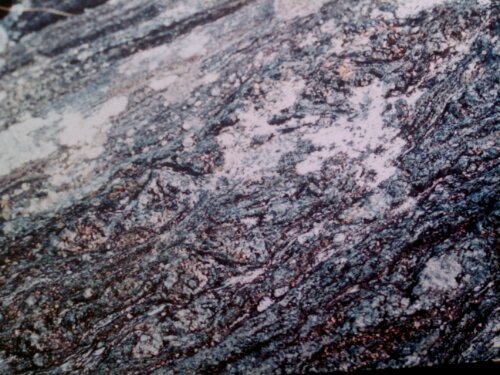One of my most valuable learning experiences as a Geology undergraduate was a first-year tutorial with the legendary Harold Reading. We were give an academic paper to write about (concerning alluvial fans) and we dutifully did so, showing we understood it, but simply taking it at face value, applying no critical analysis.
Discussing what we’d written, it became clear that my tutor thought the paper was rubbish. He proceeded to explain the many ways in which it got things wrong and finished up with a brief and funny attack on the characters of the authors.
This taught me not only a valuable lesson about critical thinking and scepticism, something any university course should convey, but also an insight into how science works. Getting a scientific paper published is not easy, but it is only the beginning of the process of creating science. If a paper is read, appreciated, cited and generally built upon then it becomes a brick embedded in one of humanity’s greatest achievements: the great structure of Science. Some papers are read, disagreed with and generally ignored, they end up as mere forgotten words.
With his remarks about the authors my tutor taught me something else: this noble calling of finding out what is ‘objectively true’ and what is not is performed by people, who are after all, only human. Academia is famously riven by jealousy, feuds, rivalry and outright bitchiness. This happens mostly in coffee lounges, conferences and field-trips but sometimes it seeps out into academic papers. I’m rather a fan of this sort of thing (I am very shallow) and I have a few examples to share.
There is a persuasive case to be made that, at least in the English-speaking world, modern science started in the Royal Society in Seventeenth Century England. It started with bitchiness, no doubt. Sir Isaac Newton’s famous remark “If I have seen a little further it is by standing on the shoulders of Giants“ in a letter to Robert Boyle is interpreted by some as a snipe at Boyle himself, who was somewhat short. What is certain is that the two fell out on a personal level over scientific matters.**
In academic papers, the best source of vitriol is in “Discussion” and “Reply to Discussion” papers. This is the formal mechanism for group A to raise concerns with a paper published by group B and then for group B to reply and address those concerns. Sometimes this is all that happens and everyone is very polite and thanks everyone for their useful feedback. This is dull. The best ones are where the raw emotions are barely concealed beneath superficially polite formal language.
Let’s start with an old school example and a nice turn of phrase: “The authors fail to reply to the point raised by Professor Wood… that field mapping and petrographic evidence show the northern contact to be of a ‘purely hallucinatory nature‘ “doi: 10.1144/gsjgs.137.4.0513 August 1980 Journal of the Geological Society, 137, 513-514.
An up-to-date one: “Westaway also suggests … however a glimpse of the map shows that … “ Michael P. Searle, Sun-Lin Chung, and Ching-Hua Lo Reply to Discussion on ‘Geological offsets and age constraints along the northern Dead Sea fault, Syria’ Journal, 167, 1001–1008 Journal of the Geological Society March 2011, v. 168:623-624; doi:10.1144/0016-76492010-166
The use of ‘glimpse’ is a nice example of English as spoken by the English: forms of words that are superficially neutral but in fact conceal far stronger meanings. The comedy “Yes (Prime) Minister” has some nice examples plus there is a useful guide in The Economist magazine. In my example, using ‘glimpse’ instead of say ‘careful study’ sends a clear message of disdain.
Some stronger language: “Owen refers to the interpretation of the Silverpit structure as an impact crater as a ‘speculative hypothesis’. This is consistent with an earlier statement he has made: ‘This feature, termed the Silverpit Crater, has earlier been interpreted as a meteor impact structure (Stewart & Allen 2002), without a shred of scientific justification’ (Thomson et al. 2005). The inference that the hypothesis lacks any observational basis disregards a wealth of 3D seismic analysis by Stewart & Allen (2002, 2005). The statement is at best disingenuous, as Owen chooses to ignore the thorough work of earlier workers. ” M.L.T. Wall, J. Cartwright, and R.J. Davies Reply to discussion on ‘An Eocene age for the proposed Silverpit Impact Crater’ Journal, Vol. 165, 781–794 Journal of the Geological Society December 2009, v. 166:1159-1160; doi:10.1144/0016-76492009-061
The emotion in that is clear. See here for some background to the interesting geology being debated.
My favourite example of all is found in a pair of papers concerning porphyroblasts. First some background; Professor Tim Bell, self-described on his own university web-site as a maverick structural geologist has spent the last 20 years promoting a startling idea. The many research papers produced by him and his group seek to prove that during orogensis, porphyroblasts do not rotate with respect to geographical coordinates and that the fabrics preserved in them contain extremely valuable information about past deformation. Put simply, in the case where curved fabrics are seen in porphyroblasts, the fabric (and therefore the entire rock) has rotated, but the mineral grain itself hasn’t. This is not a mainstream view and the debate is ongoing (my very English use of ‘startling’ above is a guide to my feelings on the matter, for what its worth).
Prof. Bell’s ideas were first published in the Journal of Metamorphic Geology in the early 90’s. From gossip at the time, I gather that they ended up there as the structural geology journals wouldn’t publish it. In 1992 a critical response was published in the same journal: “Porphyroblast rotation: eppur si muove?” (DOI: 10.1111/j.1525-1314.1992.tb00083.x).
The ‘eppur si muove’ bit is explained as “Italian: ‘but she moves nonetheless’, the words reportedly spoken by Galileo Galilei on 22 June 1633 at the offices of the Holy Inquisition in Rome, after having been forced to renounce the idea that the Earth rotates around the Sun.” The paper then proceeds to critique the original paper with lines like “Critical assessment of the assumptions and data used to support the theory of irrotational porphyroblasts reveals numerous flaws“.
So, facing a robust rebuttal of their work that uses a pretentious Italian quote, how would any Australian act? Why, with a vigorous response and a vulgar mockery of the quote, of course!
T. H. BELL, S. E. JOHNSON, B. DAVIS, A. FORDE, N. HAYWARD, C. WILKINS, Porphyroblast inclusion-trail orientation data:eppure non son girate!, Journal of Metamorphic Geology, 1992, 10, 3.
The tag explained as: “Italian: ‘and yet they have not rotated’, the words reportedly spoken, after a strenuous performance, by Santaccia, a lady informant of ill repute for the Roman poet Belli (1832).”
All my examples are rigorous scientific papers in proper journals, but I’m sure I’ve only scratched the surface of what is out there. Does anyone else have any good examples they’d like to share?
** I urge you to find out more about the Royal Society as it is fascinating stuff. Both Boyle and Newton have ‘Laws’ named after them, but that is just scratching the surface of what they achieved. There is also a tension between Newton as ‘theorist’ and Boyle as a mere ’empiricist’ which has a lot of contemporary resonance with Geology vs. Earth Sciences. Anything by Lisa Jardine is worth reading and there are some interesting podcasts about the Royal Society, both via the Royal Society itself (via ITunes) and on the awesome In Our Time on the BBC website.

